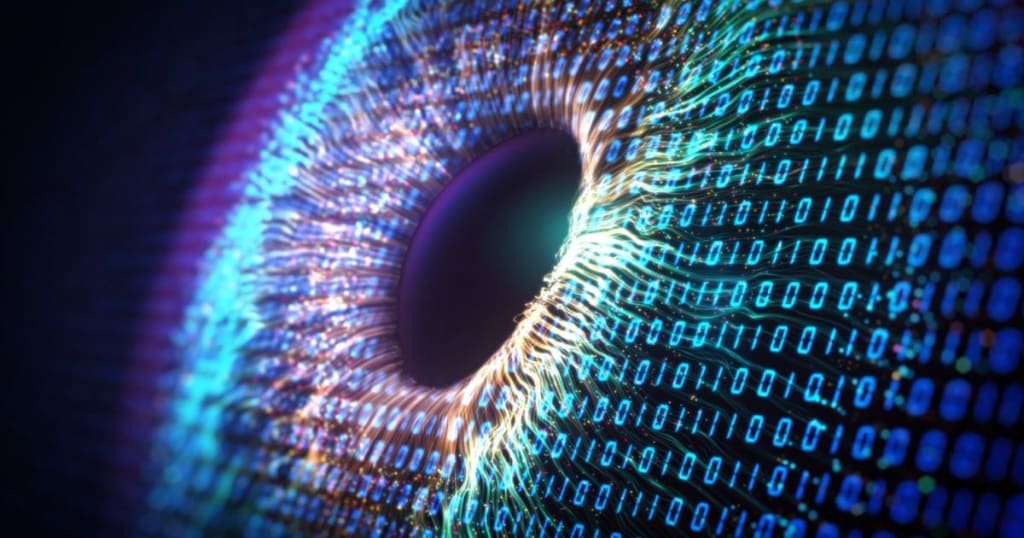Navigating Education in the Age of AI: Challenges and Opportunities
How AI is Reshaping Learning and Teaching in Schools

Since OpenAI released ChatGPT, the surge in web traffic was notable, peaking in April and subsequently dipping, suggesting to some that AI-generated text might just be a fleeting trend. However, the apparent summer break slump masked a significant demographic: students. About 60% of students admitted to using ChatGPT, and 91% had at least tried it. This high usage rate became particularly evident when headlines highlighted its use for cheating. This phenomenon isn't surprising; many students find it a valuable tool for quickly completing schoolwork. If such a resource had been available in my school days, I too would have likely utilized it.
The Dual Paths for Educators: Ban or Embrace AI
The American software industry is swiftly advancing in releasing and refining AI language models, often referred to as chatbots. These models, especially the advanced, paid versions, can tackle complex tasks like data analysis, reading image files, and writing at a college level. A personal experiment involving freshman year professors grading AI-written essays resulted in high grades, underscoring the model's capabilities. This realization led me to explore what this means for education by engaging with students, teachers, professors, and learning experts. Opinions vary, revealing a complex landscape.
Challenges of Banning AI in Education
Educators face two challenging paths: allowing or banning AI use. Banning AI involves blocking websites, using detection software, and increasing in-class assignments. However, students and teachers find these options less than ideal. Students are adept at circumventing firewalls, and moving all work in-class is reminiscent of high school days, which many dislike. Furthermore, AI detection tools are imperfect and can lead to awkward, inaccurate accusations.
OpenAI's FAQ even acknowledges the limitations of detection tools, suggesting they aren't always reliable. Instead, some propose certifying human writing through tracking typing patterns and reenactments. Yet, this method, while potentially effective, doesn't apply to all assignment types and raises questions about surveillance in education.
Embracing AI: A Balanced Approach
Allowing AI use, but preventing misuse, is another approach. The International Baccalaureate program advocates for AI integration, likening it to calculators or spell checkers. However, unlike calculators, chatbots can fabricate information, requiring users to critically assess AI-generated content. For instance, ChatGPT has provided entirely false information about historical events and academic concepts. Therefore, critical literacy remains essential.
AI as a Learning Tool
ChatGPT's broad capabilities make it a versatile tool for students. It can answer homework questions, provide background information, define concepts, offer study guides, brainstorm ideas, draft papers, and more. However, the appropriateness of these uses varies. While using AI for summaries or definitions might be acceptable, relying on it to write entire papers undermines the learning process.
Understanding How Learning Works
Learning effectively often involves struggle and effort, concepts central to education. Studies show that active engagement, though challenging, leads to better learning outcomes. For instance, a physics study demonstrated that students in active learning environments, despite feeling they learned less, actually retained more information than those in passive lecture settings. This discrepancy highlights the importance of "desirable difficulties" in education.
AI’s Role in Education: Enhancing, Not Replacing Learning
AI can either facilitate learning or make tasks too easy, thereby reducing engagement and retention. For example, using ChatGPT to navigate a complex text can enhance understanding, while using it to avoid the text entirely hinders learning. Educators and students must balance using AI to aid learning without bypassing critical cognitive processes.
The Future of Education in an AI World
The educational landscape is rapidly evolving with AI's integration. Students must develop self-regulation skills to use AI responsibly. This challenge is significant, given the uncertainty of AI's future role in various professions. Yet, embracing AI's potential while maintaining rigorous learning standards is crucial for preparing students for an AI-integrated future.
In conclusion, the advent of AI in education presents both opportunities and challenges. While AI can enhance learning, its misuse can undermine educational goals. Therefore, a balanced approach, integrating AI thoughtfully while preserving essential learning processes, is vital for future education.
About the Creator
Enjoyed the story? Support the Creator.
Subscribe for free to receive all their stories in your feed. You could also pledge your support or give them a one-off tip, letting them know you appreciate their work.





Comments (1)
Again an amazing work from you!